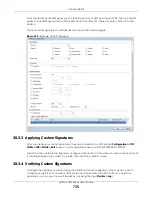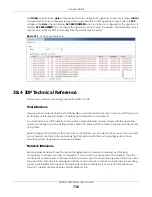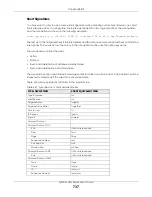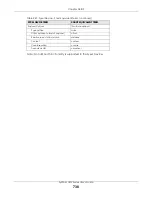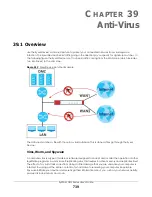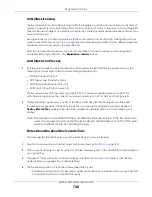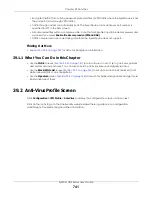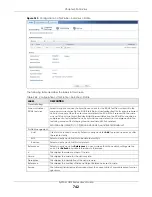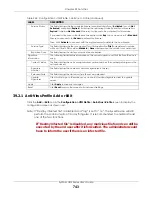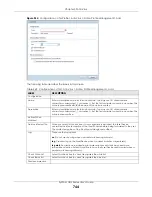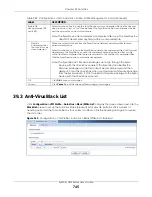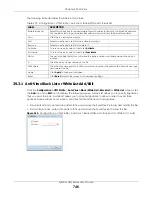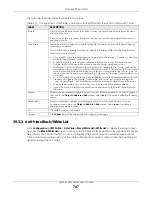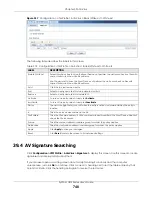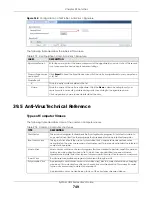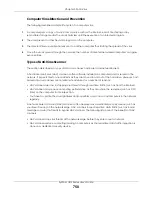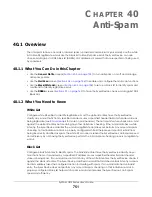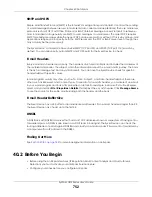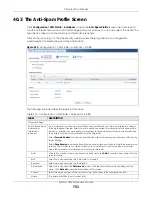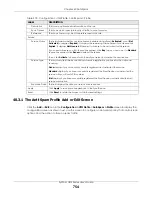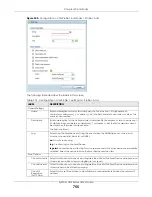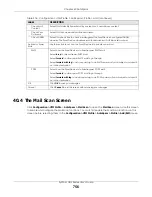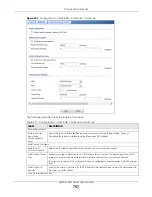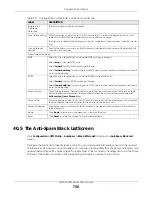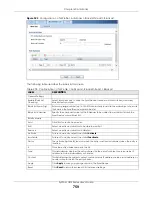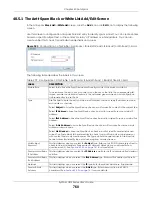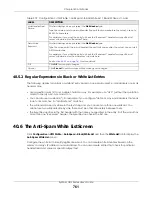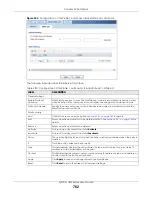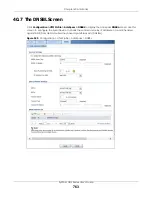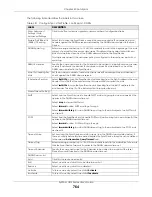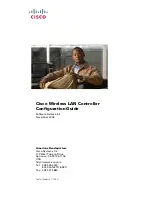
Chapter 39 Anti-Virus
ZyWALL USG Series User’s Guide
749
Figure 518
Configuration > UTM Profile > Anti-Virus > Signature
The following table describes the labels in this screen.
39.5 Anti-Virus Technical Reference
Types of Computer Viruses
The following table describes some of the common computer viruses.
Table 273 Configuration > UTM > Anti-Virus > Signature
LABEL
DESCRIPTION
Signatures Search
Enter the name, part of the name or keyword of the signature(s) you want to find. This search
is not case-sensitive and accepts numerical strings.
Query all signatures
and export
Click
Export
to have the Zyxel Device save all of the anti-virus signatures to your computer in
a .txt file.
Query Result
#
This is the entry’s index number in the list.
Name
This is the name of the anti-virus signature. Click the
Name
column heading to sort your
search results in ascending or descending order according to the signature name.
Click a signature’s name to see details about the virus.
Table 274 Common Computer Virus Types
TYPE
DESCRIPTION
File Infector
This is a small program that embeds itself in a legitimate program. A file infector is able to
copy and attach itself to other programs that are executed on an infected computer.
Boot Sector Virus
This type of virus infects the area of a hard drive that a computer reads and executes
during startup. The virus causes computer crashes and to some extend renders the infected
computer inoperable.
Macro Virus
Macro viruses or Macros are small programs that are created to perform repetitive actions.
Macros run automatically when a file to which they are attached is opened. Macros
spread more rapidly than other types of viruses as data files are often shared on a network.
E-mail Virus
E-mail viruses are malicious programs that spread through e-mail.
Polymorphic Virus
A polymorphic virus (also known as a mutation virus) tries to evade detection by changing
a portion of its code structure after each execution or self replication. This makes it harder
for an anti-virus scanner to detect or intercept it.
A polymorphic virus can also belong to any of the virus types discussed above.
Summary of Contents for USG110
Page 27: ...27 PART I User s Guide ...
Page 195: ...195 PART II Technical Reference ...
Page 309: ...Chapter 10 Interfaces ZyWALL USG Series User s Guide 309 ...
Page 313: ...Chapter 10 Interfaces ZyWALL USG Series User s Guide 313 ...
Page 358: ...Chapter 10 Interfaces ZyWALL USG Series User s Guide 358 ...
Page 373: ...Chapter 10 Interfaces ZyWALL USG Series User s Guide 373 ...

